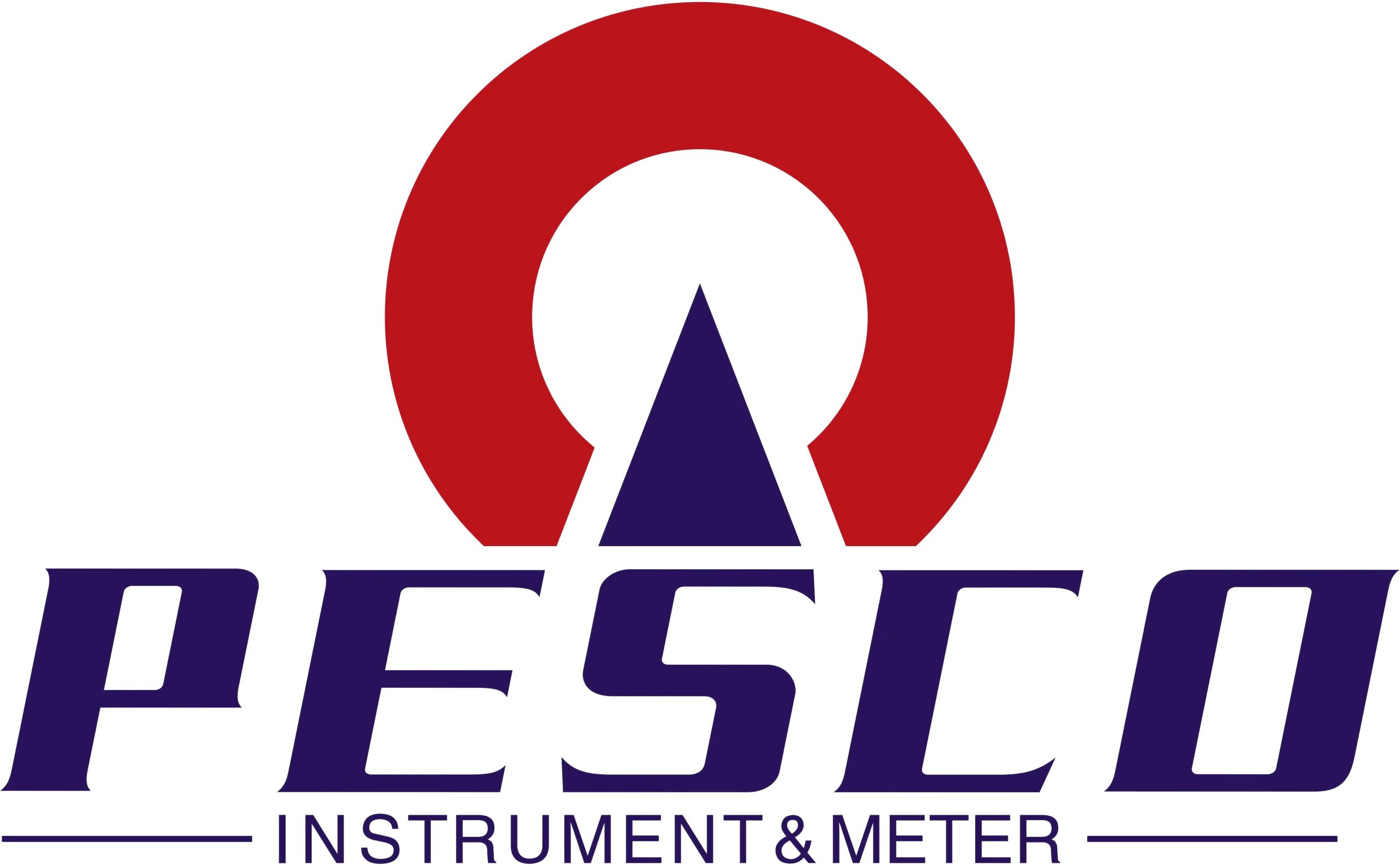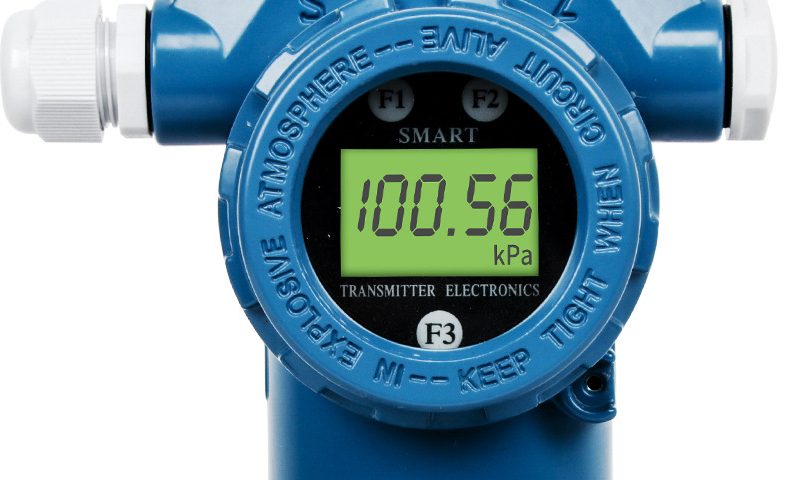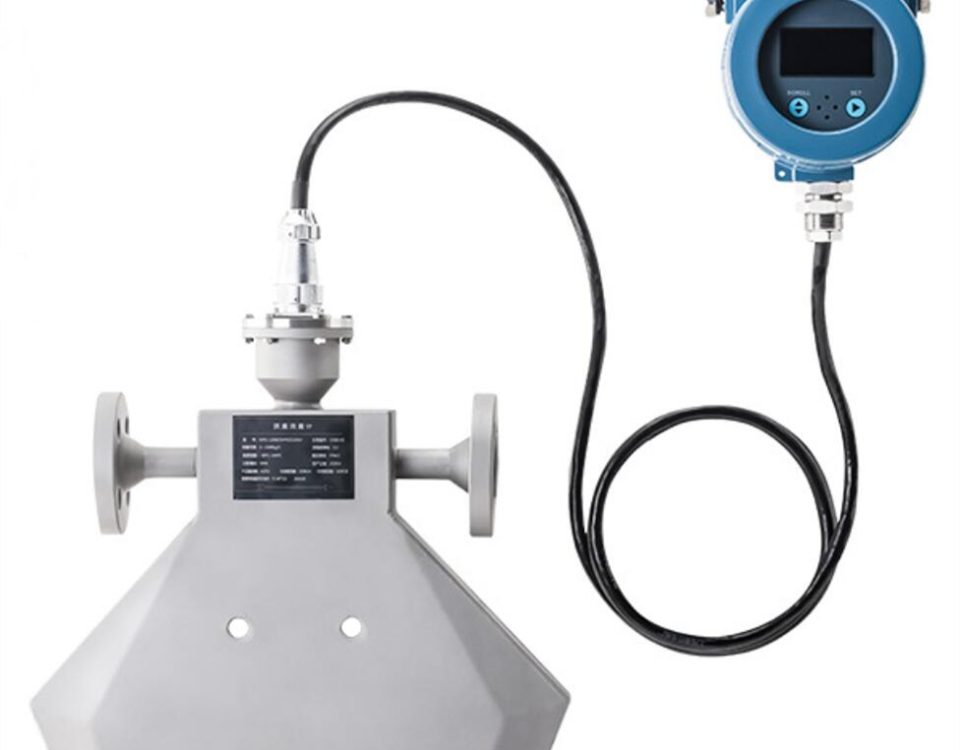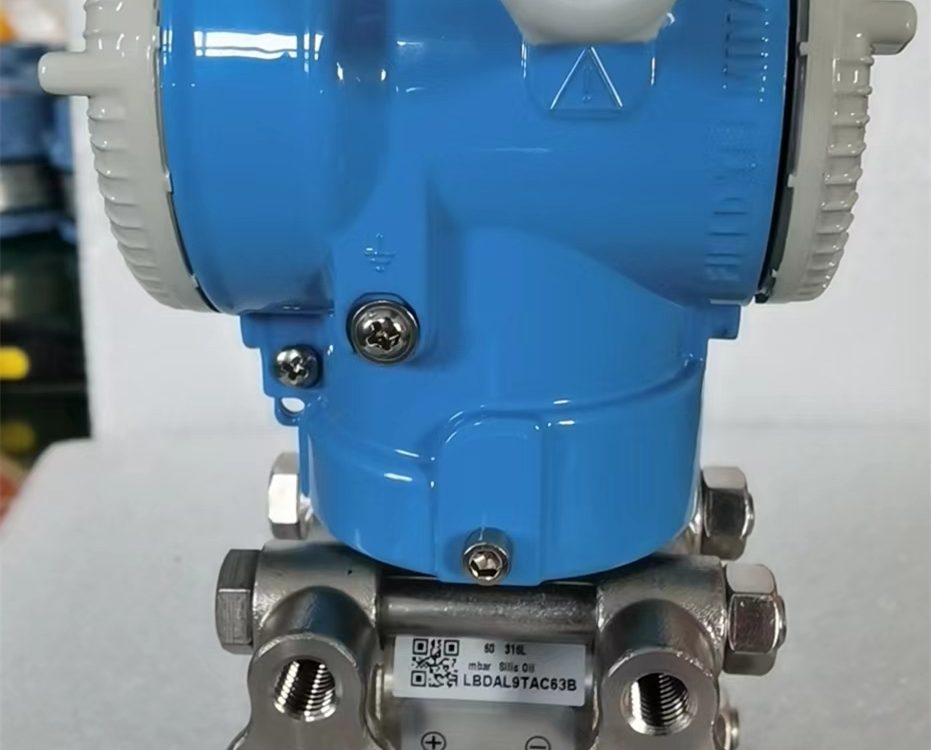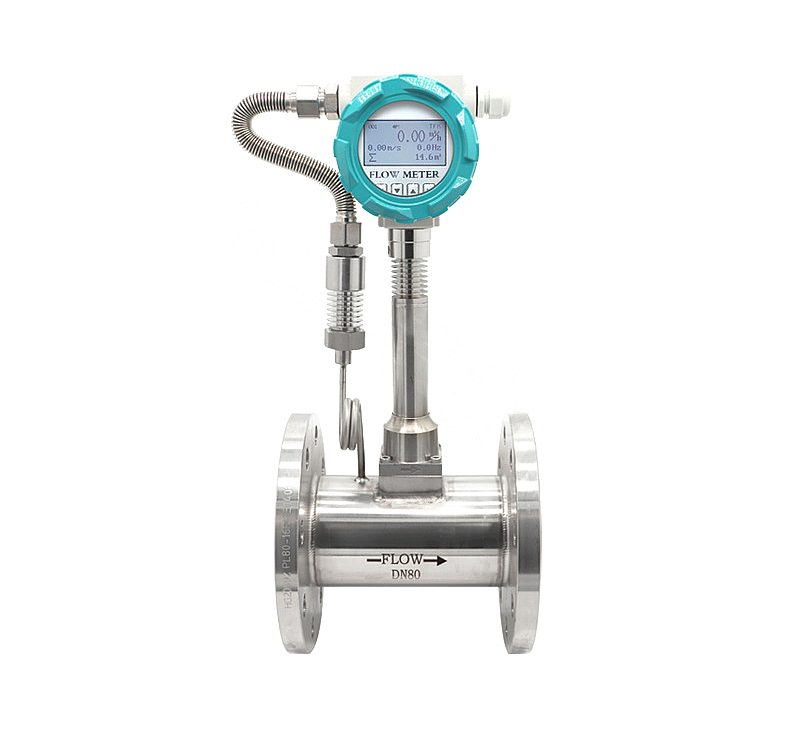
Differential Pressure Transmitter: Calculating Hydraulic Potential Energy
2024-05-20
Differential Pressure Transmitter: Regulating Air Pressure for Efficient Operations
2024-05-28How Does it Work for Air Pressure Maintenance?
The differential pressure transmitter works by measuring the pressure drop in the air supply line between the compressor and the equipment that needs air pressure. A pressure gauge on the transmitter indicates the pressure drop, which can then be adjusted by adding or reducing air pressure to the supply line.
The transmitter is calibrated in such a way that the output signal is proportional to the pressure difference. The control system, therefore, uses this signal to control the airflow by activating the supply valve, which then regulates the amount of air flowing into the equipment. If the pressure difference increases or decreases, this will be detected by the transmitter, which will then send a signal to the control system instructing it to adjust the airflow by opening or closing the supply valve.
Importance of Differential Pressure Transmitters in Equipment Performance
The differential pressure transmitter is an essential tool in maintaining the proper operation of equipment that relies on air pressure. Such equipment includes pneumatic machines, air compressors, and HVAC systems. By ensuring the supply of the right amount of air pressure, the equipment performs at its maximum efficiency, leading to reduced energy consumption and decreased maintenance costs.
Moreover, proper air pressure can prevent breakdowns and malfunctions of equipment, which can cause accidents or safety hazards in the workplace. Differential pressure transmitter thus plays a critical role in increasing workplace safety by ensuring equipment operates at its optimal level.
In a world where efficiency, safety, and cost-effectiveness are crucial in every aspect of industrial processes, the differential pressure transmitter has become an indispensable tool for many industries in their air pressure maintenance. With its ability to control, regulate, and maintain air pressure, it leads to more efficient and optimized performance of equipment which ensures safety and reduced maintenance costs.
